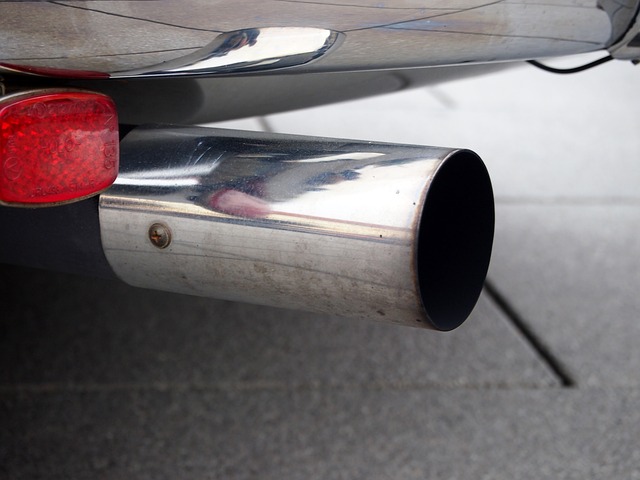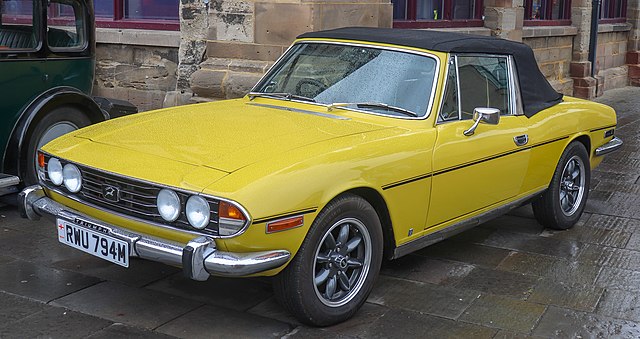
“There’s no replacement for displacement,” muscle car addicts are prone to saying. Ah, but it’s not true, is it? Technology seems to replace displacement just fine. Even a warm hatch from the 2020s has more power in its dinky little engine than some of the behemoths of the past. In the second part of this two-part article (see Part One here), we’ll look at some more ways tech is wringing out more power from smaller engines.
Off we go…
Higher Compression Ratios & Optimal Timing
One reason that modern engines can produce more bhp per litre is their higher compression ratios.
An engine’s compression ratio refers to how much the cylinders squash the mixture of fuel and air. More precisely, it’s the ratio of the cylinder’s maximum volume (when the piston is at the bottom of its stroke) to its minimum volume (when the piston is at the top of its stroke).
As automotive specialist Nina Russin comments:
Compression for the ’66 Corvette big block was 10.25:1, which is relatively high for its time. But that pales compared to the 13:1 compression ratio in Mazda’s two-liter engine that powers the current MX-5 Miata.*
*Mazda in particular love their higher compression ratios, and are reportedly developing engines with rations approaching 18:1 or even 20:1.
Why do these numbers matter? Because a higher compression ratio allows more fuel and air to enter the cylinder, which means more stored energy under compression and hence more power.
Modern engines achieve higher compressions through more precise control of the combustion process: they can electronically sense the air flow into the engine, adjust the timing of the spark, the amount of fuel delivered and the way the valves operate.
In the past, one major limit on compression ratios was the problem of pre-ignition. In a engine, raising the compression ratio too much can cause the fuel/air mixture to ignite too soon in the cycle. This ‘pre-ignition’ drastically increases the temperatures and pressures inside the cylinder, leading to catastrophic failure.
One solution has come from from variable valve timing. As you might expect, valves are what let fuel and air enter the cylinder (intake valves) and exhaust gases to leave (exhaust valves). Traditionally, for a given rpm, the valves always behaved in the same way: they opened and closed at the same point, opened to the same width and for the same length of time. This is a straightforward arrangement but one that limits the engine’s ability to adapt to driving conditions — it’s a bit like using one pair of shoes for a wedding, the gym, and digging the garden. By contrast, variable valve technology uses either mechanical or electronic controls to change how the valves operate. These allow for higher compression ratios when they’re needed.
Better cats, faster flow

In the quest for squeezing more power out of less volume, modern engines are also assisted by improvements in exhaust flow.
You probably have at least one car in your neighbourhood with a huge aftermarket exhaust — the sort you could fit a tin of baked beans into. Apart from making more noise, the idea of this is to speed the flow of exhaust gases out of the engine. At a simple level, the more free-flowing the system is, the more horsepower can be generated.
Back in the 1970s, exhaust flow had become a limitation on engine power. Legislators had woken up to the fact that engine exhaust gases were nasty stuff, and mandated the first catalytic converters. These were a major step forward for health and the environment, but a drag on engine power. The design involved feeding the exhaust through a bead bed. For the poor old engine, it was like trying to breathe out through a drinking straw. Back pressure to the cylinders was increased and power was throttled.
However, in the early 80s, better control of the fuel/air mixture meant new types of catalytic converter could be used. Three chamber catalytic converters were introduced, which not only reduced emissions but allowed engines to breathe more freely again.
Downsizing for reduced friction

By Vauxford – Own work, CC BY-SA 4.0
Typically, about 10 -30% of the engine’s energy is used just to overcome its internal friction. If the number of surfaces that are sliding over each other can be reduced, friction losses should be lowered. This is the logic behind reducing the number of cylinders in modern cars. The argument goes that other factors being equal, a four cylinder car will be more efficient than an eight cylinder one, wasting less power.
And why stop at four cylinders? In 2017, the Honda Civic EX was launched, featuring a three-cylinder, one litre petrol engine that generated 127 hp and 200Nm of torque.
Actually, the 1-litre Civic is a great car to finish how things have moved forward. We started Part One by comparing a particularly huge 1970s monstrosity with the most powerful modern hatchback this side of a rally car. Yet in some ways, the Civic illustrates even more starkly how engine power has increased. The Civic is designed for taking the family on holiday and popping down to the shops, not decimating everything else on the road. And yet its pint-and-three-quarter size engine produces just 18bhp less than a 1970 Triumph Stag… powered by its 3-litre, 8 cylinder engine. Now that’s progress.

